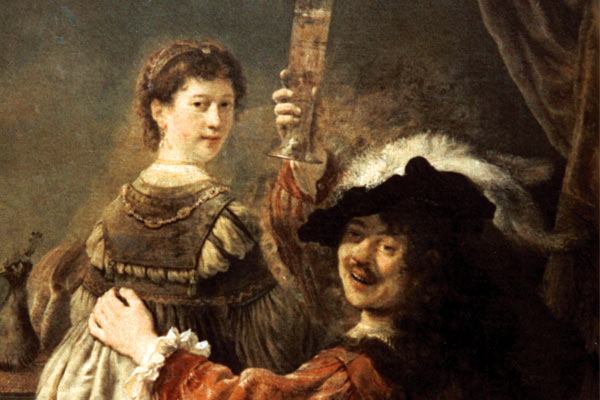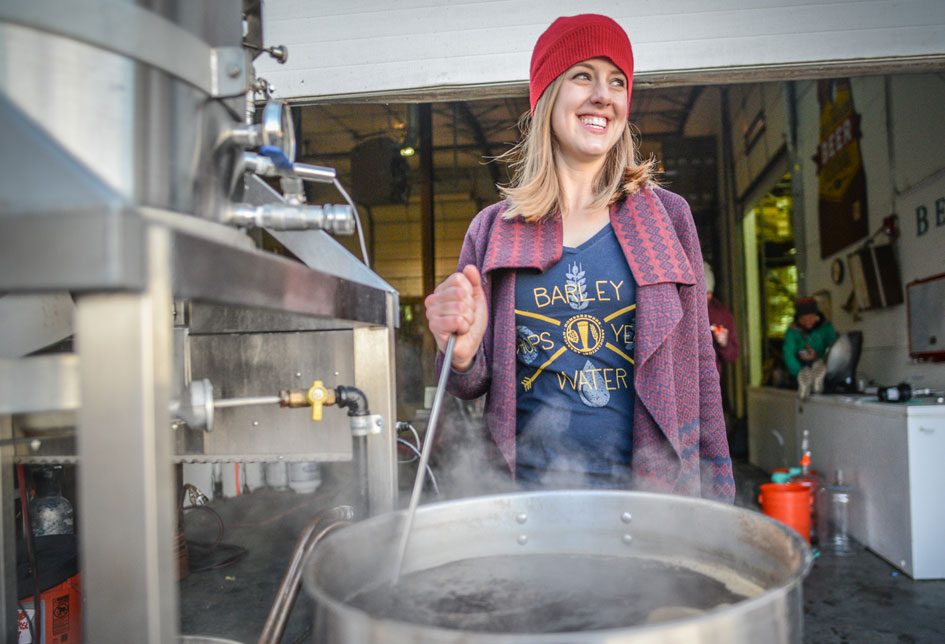

This article originally appeared in the November/December 2022 issue of Zymurgy Magazine
By Roel Mulder
A young man joyfully lifts a glass of blond beer, a smiling woman on his lap. A large white feather adorns his hat, and he has a glimmering sword on his belt. On the table, we see a knife and a pasty with a bird’s head and two wings. There sure is a party going on in Rembrandt’s painting The Prodigal Son in the Tavern, which dates from 1635. It may be the biblical prodigal son. The woman might be a prostitute. Today we might even call it a “selfie,” as it is in fact Rembrandt himself we see looking at us, while the woman’s face is that of his wife, Saskia.
But I’m not an art historian, and the picture’s artistic value was not necessarily the reason why CRAFT, the Dutch trade association for independent brewers, asked me to look at it. No, their question was in fact quite mundane: what beer is Rembrandt drinking here?
They had their reasons, of course. As part of a campaign to make beer lovers in the Netherlands aware of the vitality of the Dutch craft beer scene, CRAFT had envisaged a project to recreate the beer seen in Rembrandt’s painting. They asked me to come up with a plausible historical recipe that they could adapt into a more contemporary version and then invite their members to brew. The whole process would be filmed for use as an online marketing tool.
Good idea! Beer history is great, but it’s even more wonderful when you can taste the past. But where do you find such a recipe? And what was beer like in Rembrandt’s time, in Amsterdam in the 17th century?
Log in to access the full article in the November/December 2022 Zymurgy magazine.
This article includes:
- RECIPE: Soet Bier, 1683
- RECIPE: Bruinbitter Bier, 1687
- RECIPE: Mol From Nijmegen, ca. 1690
Access premium member content for $4.99/month. Join Now
Access premium member content for $4.99/month
Join for $4.99Already a member? Login here


